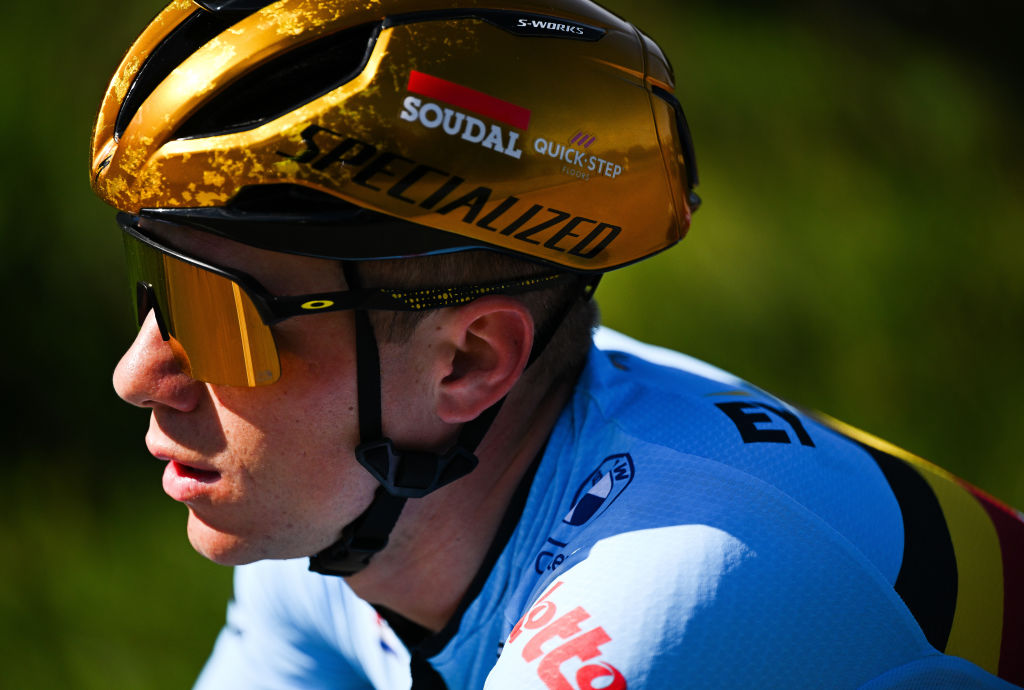Patently innovative: a look at the state of MTB suspension
Are design restrictions limiting the spread and development of suspended mountain bikes? James Huang...
Are design restrictions limiting the spread and development of suspended mountain bikes? James Huang looks at the major players, their designs and the way new entrants are innovating their way round existing patents.
Hardtails may not be dead, but I sure wouldn't consider the category to be terribly healthy as full suspension definitely ruled the mountain bike scene at this year's Interbike. True, hardtails are still lighter, simpler, and often just faster in certain situations, but for most of us, full-suspension is the way to go as it offers drastically improved control and traction, more comfort, and the ability to simply do things that just weren't possible before (or you didn't have to skills to do…). Much as front suspension revolutionized the sport back in the early 90s, rear suspension technology is changing the face of the mountain bike industry and there's clearly no turning back from here. In response to consumer demand, bike manufacturers have had to drastically revamp their off-road lineups to reflect this change in the marketplace.
The big players
Currently, rear suspension is dominated by just a handful of major designs, each of which has proven itself to work well in a variety of applications. These include the simple single-pivot as used by Cannondale and Foes; the related "faux bar" designs (as they do not incorporate a pivot in front of the rear axle and, hence, behave like single-pivot designs) such as from Kona; true four-bar linkages such as Specialized's FSR and Ellsworth's ICT; complex Virtual Pivot Point (VPP) systems as used on Santa Cruz's Blur and Intense's Spider XVP; and a few other less-common designs such as Maverick's Monolink system. All of these suspension geometries, save for most of the single-pivot and faux bar designs, are thoroughly patented, and the patent holders fiercely defend them. And rightly so as lots of money goes into the development of each of these systems and they're no reason whatsoever to give away that intellectual property for free.
Read part one of James Huangs' MTB suspension feature here.
The latest race content, interviews, features, reviews and expert buying guides, direct to your inbox!
